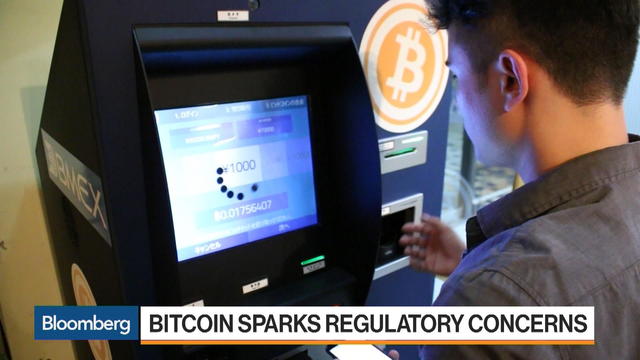As internet users, we are exposed to an ever-increasing number and density of advertisements every day. Out of preservation for our sanity, each of us has developed a type of natural defense, termed “ad blindness.”
Basically, we disregard most ads that creep into our line of sight. Or we actively block them. In 2017, publishers in the UK estimated ad blocking software cost them nearly £3 billion annually. At the same time, the internet advertising industry is posting record numbers, with revenues in 2017 eclipsing the prior year by 21.4 percent for a total of $88 billion.
How can this be when people are paying less attention to ads? Well, it’s partly because revenues is a misleading metric. They may be rising, but up to 85 percent of internet advertising profits are ending up in the coffers of ad-sellers like Google and Facebook, and most of the growth is in social media and mobile instead of traditional banner ads. Other forms of advertising, such as desktop display ads, experienced declining revenues. The modern internet ad system is set up as a one-way channel whereby most of the profits go to the biggest companies, which set high prices to advertise on the most popular platforms, leaving the rest to fight for scraps.
Source/More: How blockchain can help advertisers combat ‘ad blindness’ | VentureBeat















